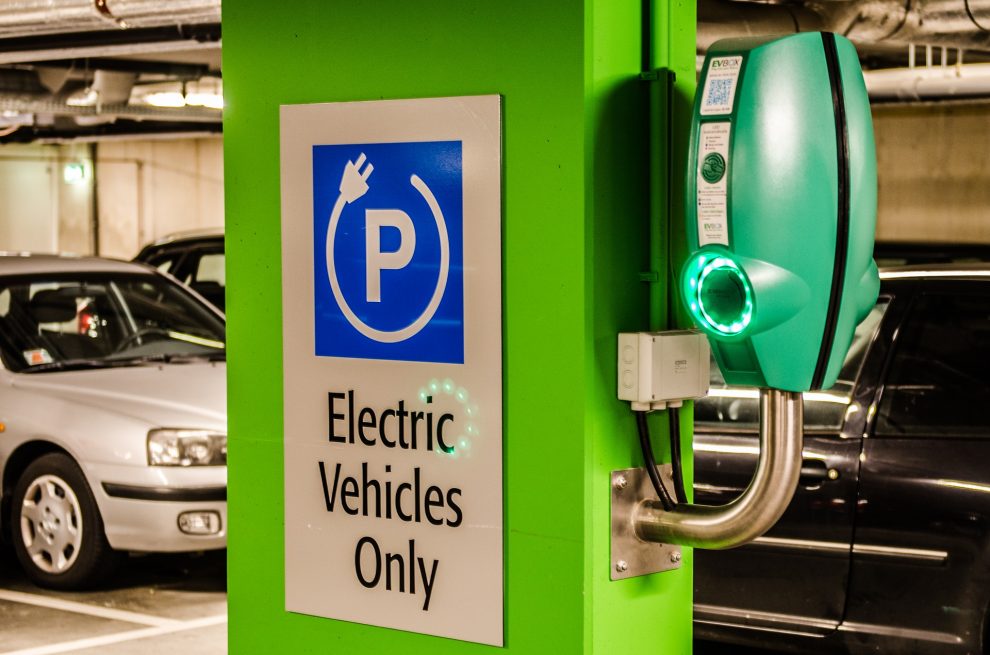Both residential and public charging systems will see a slowdown in the coming years
According to Wood Mac, the sales of electric vehicles (EVs) globally will account for almost 14% of new vehicle sales by the end of this decade. This implies that EV charging infrastructure will have to grow at a similar pace, and it will.
As of today, Wood Mac states that North America’s charging infrastructure ecosystem is badly lagging behind that of Europe’s as of today. By 2030, there will be 10.8 million EV charges installed in North America alone, as per the report.
As of today, the entire renewable and clean mobility market is completely policy driven both in India and globally. However, with time, the market will transition from a policy driven to a profitability driven market once technology improves. This means even public charging systems will proliferate due to profitability and not just a mandate.
At the end of 2019, there were one million EV chargers each in Europe and China and 1.3 million in North America. While various programs and entities in America are rigorously combating the issue of range anxiety, the US seems to be catching up with Europe in terms of establishing public chargers for EVs.
The report also emphasizes that residential charging will be the main method of charging across countries, with North America ruling the roost in this area.
A major part of China’s population resides in heavily crowded cities. This makes residential charging a challenge in this part of the world. The advent of mega cities and apartments in China is resulting in the mitigation of residential chargers for EVs, which is a threat to the development of this sector.
The coronavirus pandemic is also having an effect on the progress of the charging infrastructure and EV industry. With a lot of industries and states in lockdown, production has been hampered and also halted in many cases. How and when the uptick in production and deployment of these chargers will occur, only time will tell.
The main issue facing all markets and sectors in the midst and aftermath of COVID-19 is – demand destruction. Clean technology in general, and EVs in particular are not immune to this impact. The reduction in demand will be felt as a result of most consumers tightening their purse strings and focussing on essential spending in order to bounce back from the economic shock of this event. Passenger vehicle (PV) demand has been affected which makes EVs a subset of the same.
Both residential and public charging systems will see a slowdown in the coming years. According to the report, these roadblocks are temporary and adequate policy changes and directed investments will help the EV Charging infrastructure market bounce back sufficiently by the middle of the decade.














Add Comment